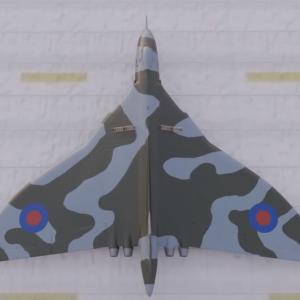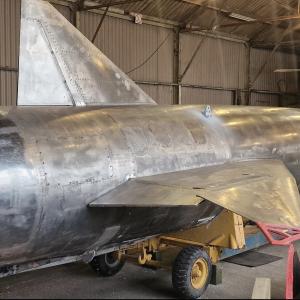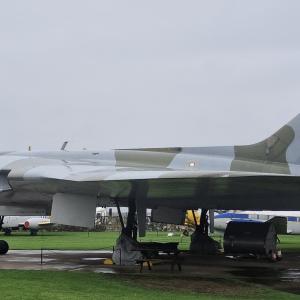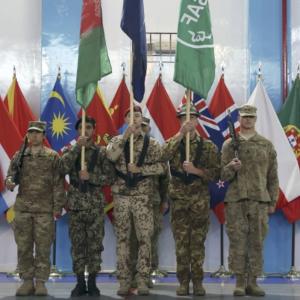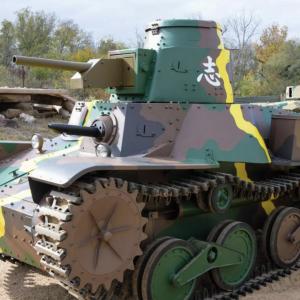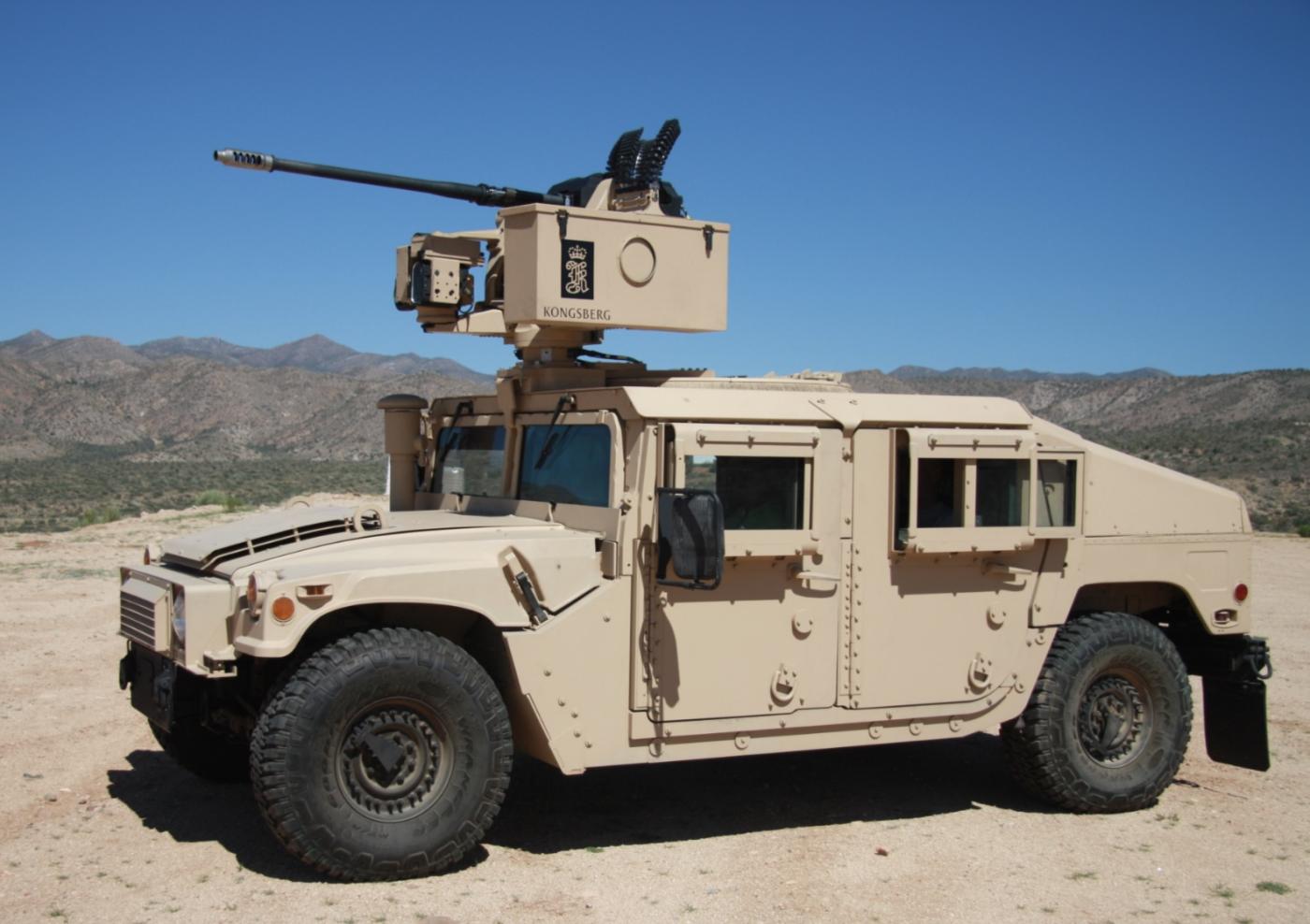
Humvee
The High Mobility Multipurpose Wheeled Vehicle (HMMWV), universally known as the Humvee, was one of the most iconic and widely used vehicles in the U.S. military during the late 20th and early 21st centuries. Designed and built by AM General, a subsidiary of American Motors Corporation located in South Bend, Indiana, it was developed in response to a 1979 U.S. Army request for a light tactical vehicle that could replace the M151 Jeep and a variety of older utility trucks. AM General’s prototype was selected after competitive testing, and in 1983, the company was awarded a $1.2 billion contract to produce 55,000 vehicles over five years. The first units rolled off the production line later that year, and the Humvee quickly became the workhorse of the U.S. military.
Engineered for versatility and durability, it featured a wide track, high ground clearance, and a four-wheel-drive independent suspension system. Early versions were powered by a 6.2-liter V8 diesel engine producing around 150 horsepower, paired with a 3-speed automatic transmission. As the platform evolved, the powerplant was upgraded to a 6.5-liter V8 turbo-diesel engine generating approximately 190 horsepower and greater torque, which became crucial as armor and payload requirements increased. Later models received a 4-speed automatic transmission for improved performance and reliability. The vehicle’s drivetrain was full-time four-wheel drive, and it could handle gradients of up to 60 percent and traverse water depths of 2.5 feet without preparation—or 5 feet with a deep-water fording kit. Payload capacity ranged from 2,000 to 2,500 pounds depending on the configuration, allowing it to carry troops, equipment, and heavy armaments across challenging terrain.
The Humvee's first major combat deployment occurred during Operation Just Cause in Panama in 1989, but it gained global recognition during the Gulf War in 1990–1991. Over 20,000 units were deployed to the Middle East for Operation Desert Storm, where they performed a wide variety of roles including troop and cargo transport, command and control, medical evacuation, reconnaissance, and direct combat. In total, around 72,000 had been produced by that time. The vehicle's performance in the harsh desert environment confirmed its value to military planners. Its combination of speed, mobility, and versatility made it far superior to the aging Jeeps and trucks it replaced. The vehicle could traverse sand, mud, rough terrain, and urban rubble, which made it indispensable in modern mechanized warfare.
In terms of armament, the Humvee was designed to be a weapons platform as much as a transport vehicle. One of the most common configurations included a roof-mounted M2 Browning .50 caliber heavy machine gun, capable of engaging personnel, vehicles, and light fortifications at long range. Other standard weapons included the M240B 7.62 mm machine gun, the M249 SAW (Squad Automatic Weapon), and the Mk 19 40 mm automatic grenade launcher, which could deliver high-explosive rounds quickly and effectively in urban or convoy operations. Specialized versions carried TOW anti-tank missile systems mounted on reinforced turrets, used to destroy enemy armor and hardened targets. The vehicle’s turret allowed 360-degree rotation, and later versions included gunner protection kits with armored shields and enclosures to defend against small arms fire and shrapnel. In addition to primary weapons, crews typically carried M4 carbines, sidearms, and other infantry weapons for use when dismounted.
The Humvee was originally built without armor, as it was never intended to withstand direct combat. However, the nature of warfare changed significantly during the Iraq War. As insurgent tactics evolved to rely heavily on improvised explosive devices (IEDs), roadside ambushes, and urban guerrilla warfare, the vehicle’s vulnerabilities became a serious concern. This led to the rapid fielding of "up-armored" versions, such as the M1114 and M1151. These variants featured steel-plate armor, bullet-resistant glass, underbody protection, and enclosed gunner turrets. They were heavier and slower than earlier models but offered much-needed survivability in hostile environments. In addition, some were equipped with electronic countermeasure systems to jam IED triggers and improved communications gear for coordinating operations in complex battlespaces.
By the height of the Iraq War in the mid-2000s, approximately 30,000 Humvees were in use in the country. The total number produced for all branches of the U.S. military eventually exceeded 280,000 units, with many more built for export to allied nations. Over 50 countries have used the vehicle in various roles, from combat to peacekeeping and humanitarian missions. Despite its usefulness, the limitations of the Humvee in the face of newer battlefield threats prompted the U.S. Department of Defense to begin transitioning to the MRAP (Mine-Resistant Ambush Protected) family of vehicles, which featured V-shaped hulls to deflect blast energy and better protect their occupants from underbody explosions. Still, the Humvee remained in service for non-frontline duties, including logistics, training, and liaison operations.
An often overlooked but interesting aspect of the Humvee’s legacy is its influence on the civilian automotive world. In the 1990s, AM General introduced a civilian version called the Hummer H1. This was a nearly identical version of the military vehicle, complete with the same imposing size and off-road prowess. The vehicle gained celebrity status when Arnold Schwarzenegger, a vocal fan of military vehicles, became one of its first buyers. Civilian Hummers eventually evolved into more commercially viable models like the H2 and H3, though these were based on GM truck platforms and bore only visual resemblance to the original. Public fascination with the brand eventually faded due to concerns over fuel economy and environmental impact, and GM discontinued the line in 2010.

